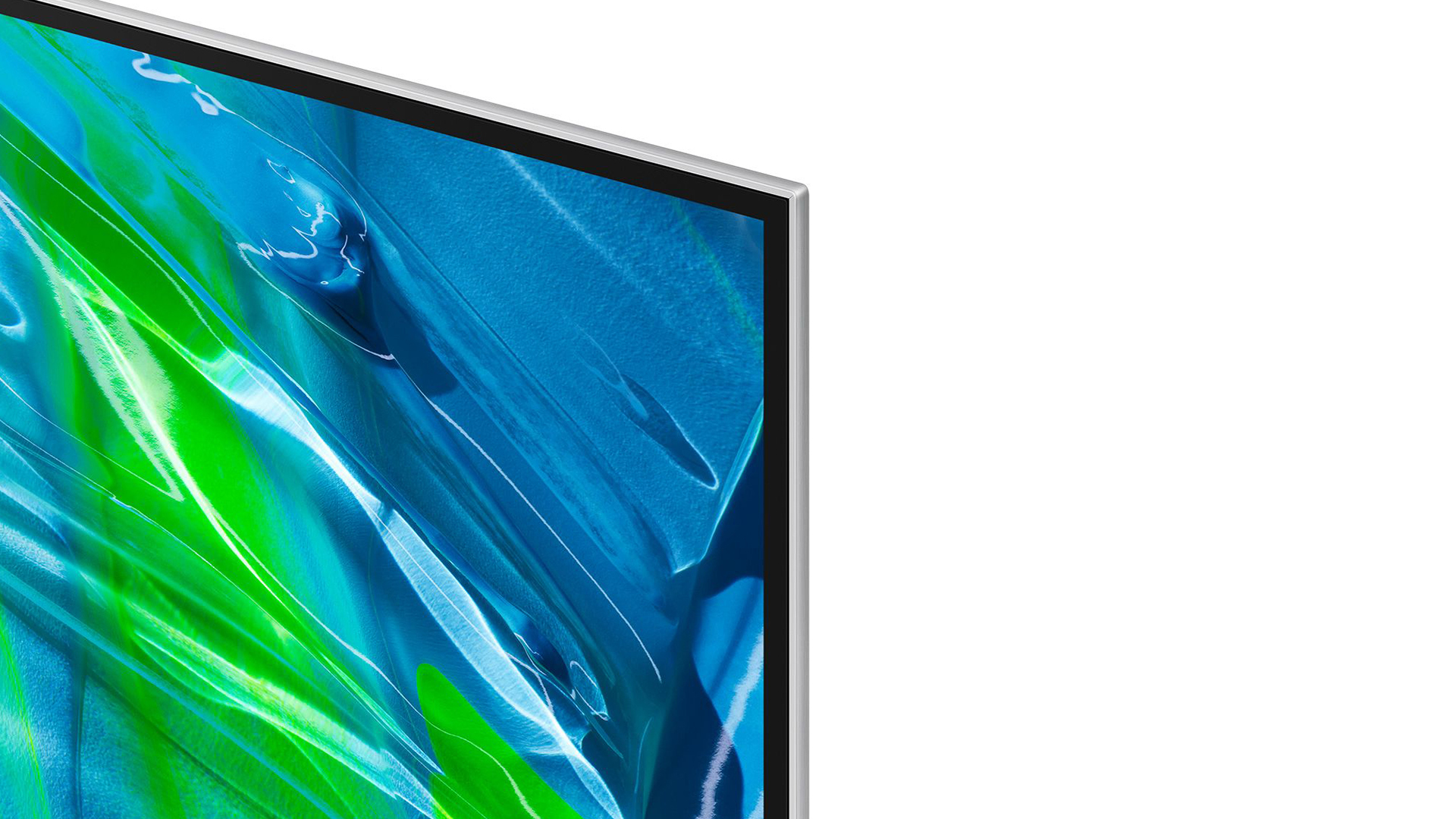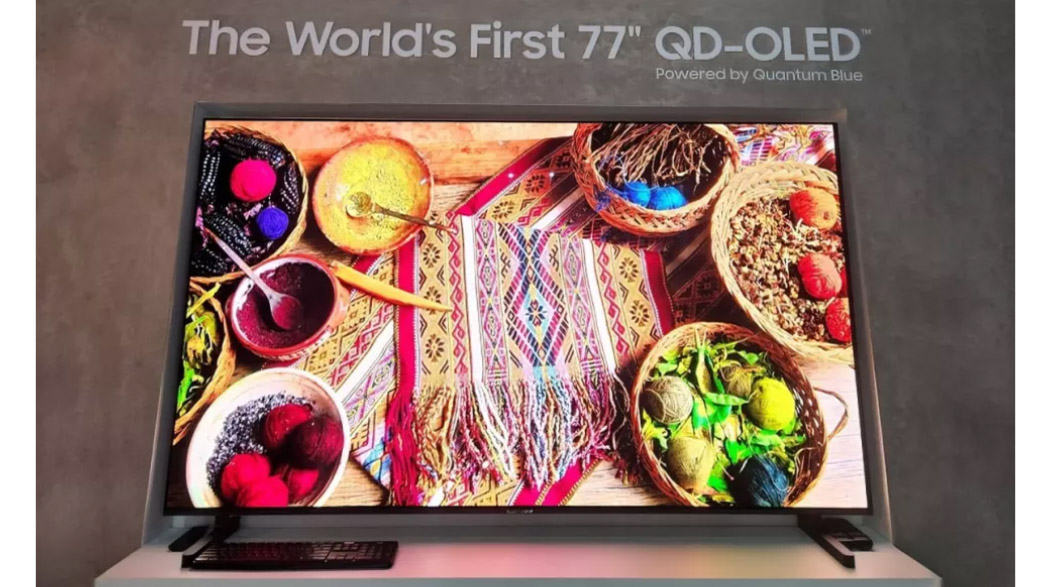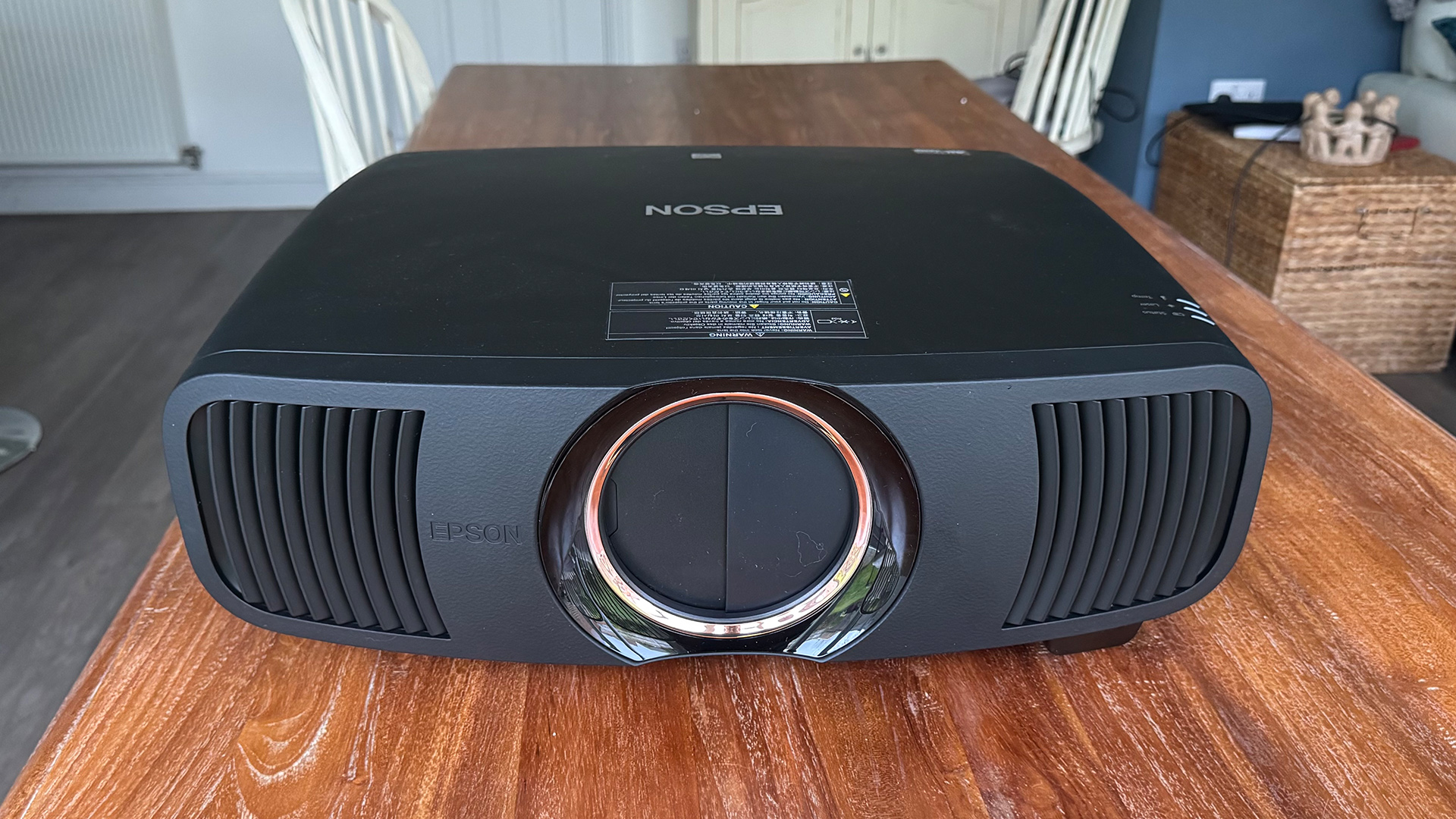Could a 77-inch QD-OLED TV soon be on the way?
Samsung Display unveils a new super-sized screen at IMID

Samsung Display has reaffirmed its commitment to QD-OLED panel technology, revealing a new 77-inch display, the first to be added to its QD-OLED range since launching earlier this year.
This latest and largest QD-OLED went on show at the International Meeting on Information Display (IMID) in South Korea late last month.

Samsung Display is the sole manufacturer of QD-OLED panels, currently available in 55-inch and 65-inch sizes used in TVs by Samsung and Sony, as well as a 34-inch QD-OLED monitor from Dell.
One of the most recent advances in TV panels, Quantum Dot OLED technology, combines the self-emissive lighting properties of OLED with the colour range and brightness properties of the Quantum Dot colour system, previously limited to relatively premium LCD TVs.
It uses organic materials to emit blue light for each pixel in the picture, passing through green and red Quantum Dot layers. Unlike regular OLEDs, which pass a white OLED light through energy-absorbing RGB colour filters, QD-OLEDs can produce more brightness and wider colour gamuts.
The first QD-OLED TVs were launched earlier this year, and from what we've seen, the Samsung QE65S95B and the Sony XR-55A95K have both made compelling cases for the technology’s prowess. When it comes to colour in particular, both models have delivered remarkable volume and range, bringing a new life and depth to HDR-wide colour gamut pictures that other types of OLED TV cannot reach.
Samsung Display is thought to have invested $11.7 billion in QD technologies since 2019 and initially experienced several manufacturing issues. The company plans to end its LCD production by 2022, and is undoubtedly looking for a considerable return on its new venture, so expanding the range seems like the next logical step.
Get the What Hi-Fi? Newsletter
The latest hi-fi, home cinema and tech news, reviews, buying advice and deals, direct to your inbox.
Since neither Samsung Electronics nor Sony hinted at adding a new QD-OLED to their ranges at IFA last week, we wouldn't expect to see a 77-inch consumer model until 2023 at the earliest. Hopefully, broadening the QD-OLED product line-up will eventually lead to a price drop. Theoretically, as QD-OLEDs are more straightforward in design and use fewer materials, it's thought that production costs could someday fall below that of OLEDs, potentially making them cheaper to buy in the long run.
MORE
QD-OLED: Everything you need to know about the next-gen TV technology
QD-OLED vs OLED: which TV technology is better
Our guide to the best TVs you can buy at all price points
Mary is a staff writer at What Hi-Fi? and has over a decade of experience working as a sound engineer mixing live events, music and theatre. Her mixing credits include productions at The National Theatre and in the West End, as well as original musicals composed by Mark Knopfler, Tori Amos, Guy Chambers, Howard Goodall and Dan Gillespie Sells.
-
Freddy Reply
Good news. 👍What Hi-Fi? said:Samsung Display has revealed a new, larger QD-OLED panel, indicating plans to expand the current range of TVs using the next-gen screen technology.
Could 77-inch QD-OLED TVs soon be on the way? : Read more
